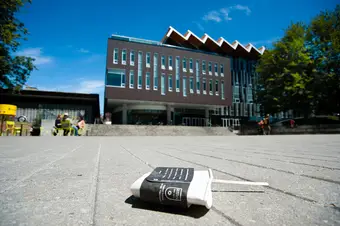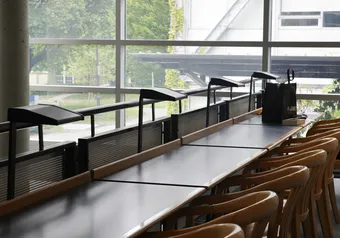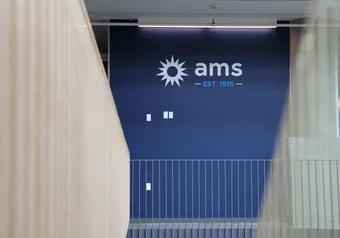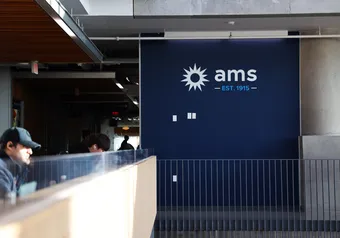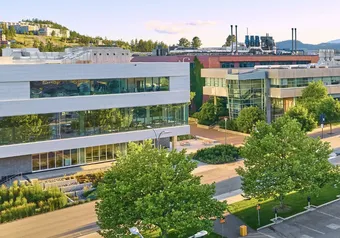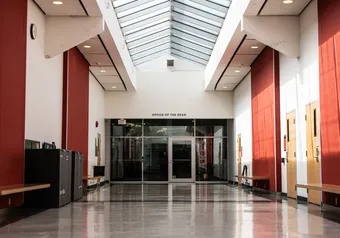The AMS replaced its previous sustainability policies with a new action plan in May — but with criticism of poor Indigenous consultation and a missing Indigenous coordination section.
While the section is still incomplete half a year later, both sides say they now have a better relationship.
The AMS Sustainable Action Plan (ASAP) aimed to bring the society in line with the United Nations Sustainable Development Goals and encompassed a range of domains, emphasizing a mix of social, economic and environmental interests.
Shortly after AMS Council approved it, members of the Indigenous Committee voiced disappointment over the short timeframe they were given to give feedback on the plan and what they said was the disingenuous effort made by the AMS to consider Indigenous perspectives.
“[The AMS] invited us to write the Indigenous collaboration section but did not offer help. We are students too and have yet to find the time for the labour of writing that section with no support or compensation from them,” said Ceilidh Smith and Chalaya Moonias, co-presidents of the Indigenous Committee in an emailed statement.
Sylvester Mensah Jr, AMS vice-president administration, said that the reason the section wasn’t finished was the university’s sudden shift online in March due to COVID-19.
“The decision was made to delay its creation until sufficient consultation could be conducted. The vacant section was included to ensure greater accountability for its future development,” Mensah said.
Smith and Moonias said that the AMS has apologized about the oversight and accepted feedback on better engagement.
“The creation of the Indigenous Engagement Facilitator role within the AMS has helped us communicate more thoroughly,” Smith and Moonias said. “We have not yet worked with the [VP academic and university affairs office] in depth but we feel that we have a good relationship with them.”
Mensah echoed the sentiment, promising a continuation of current efforts to meaningfully collaborate with the Indigenous Committee on the plan.
However, his comments suggest that the plan will not likely be amended anytime soon.
“Unfortunately, the Indigenous Committee is currently at capacity in terms of their responsibilities, and hence, we will be working with the [committee] as soon as they are available in the near future,” he said.
The committee co-presidents also said that the ASAP lays solid groundwork for future sustainability work in the AMS, though they still think that what the document currently states under Indigenous collaboration is misrepresentative.
The current ASAP document states that representatives are “working with the Indigenous Committee” under the Indigenous collaboration section. Smith and Moonias noted that they were only shown a presentation and not given extra support or compensation for the creation of the section — both of which prevented meaningful collaboration.
Mensah said that in addition to seeking guidance and perspective from the Indigenous Committee, the AMS will also “seek out further guidance from other Indigenous stakeholders within our community.”
“This labour should not be solely carried out by the Indigenous Committee, and other Indigenous student groups on campus should be consulted and engaged in this process,” the co-presidents said.
First online
Share this article


